Volunteers Uncover History Behind Modern Updates in Historic House

In with the old… out with the new. Everyone loves the feeling of uncovering history with their own hands. Recently, six volunteers and staff did just that, inside the historic Frisby-Wagner House. The Tower Heritage Center hosted an intimate community volunteer ‘demo’ day, kicking off the building’s restoration. Two teams worked through the house, strategically removing modern elements to uncover historic materials.
The kitchenette? Gone. Built-in desks? Gone. Peel-and-stick carpet squares? Gone.
Removal of these modern elements uncovered incredible history: pocket doors, hardwood floors, and a stunning front porch structure. By day’s end, The Tower Heritage Center is one leap further to restoring this one-of-a-kind building. Step behind the scenes to see the volunteer crew’s proudest (and most exciting) moments during demo day.
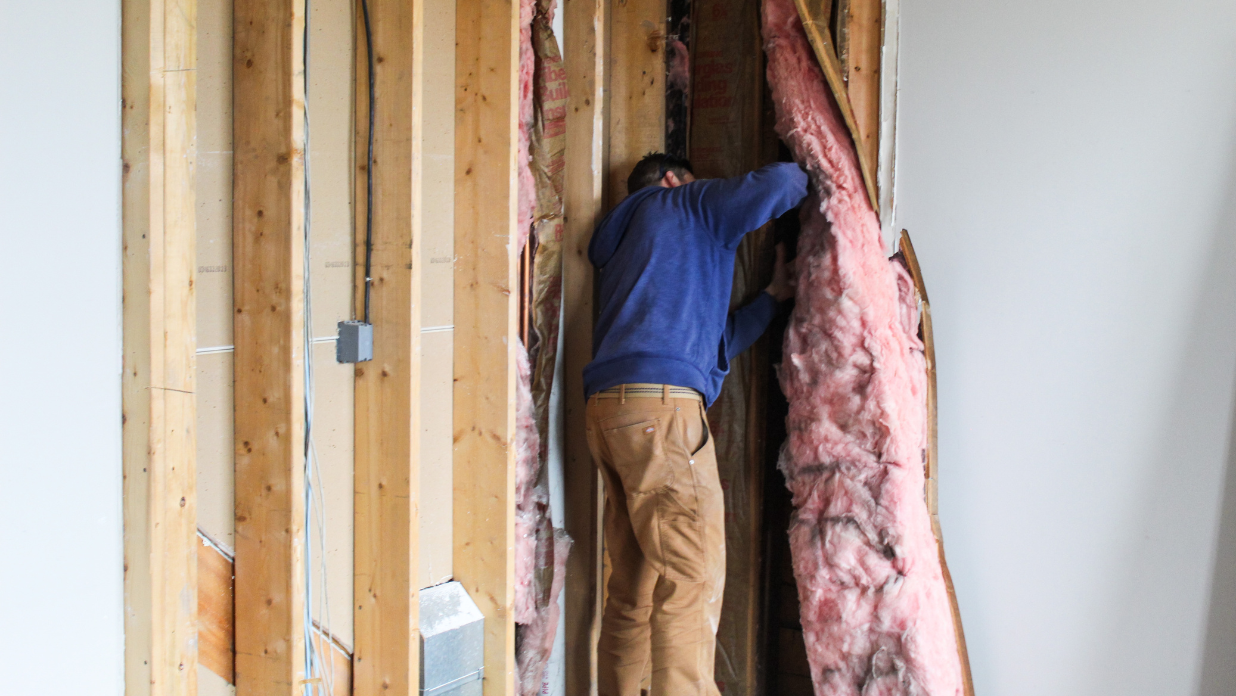
Revealing History in the Frisby-Wagner House
From uncovering historic pocket doors, hardwood floors and the stunning front porch structure – demo day revealed spectacular restoration potential. A plethora of historic information will be gleaned from these uncoverings. This information will assist in conducting a Historic Structures Report (HSR) and restoration plan.
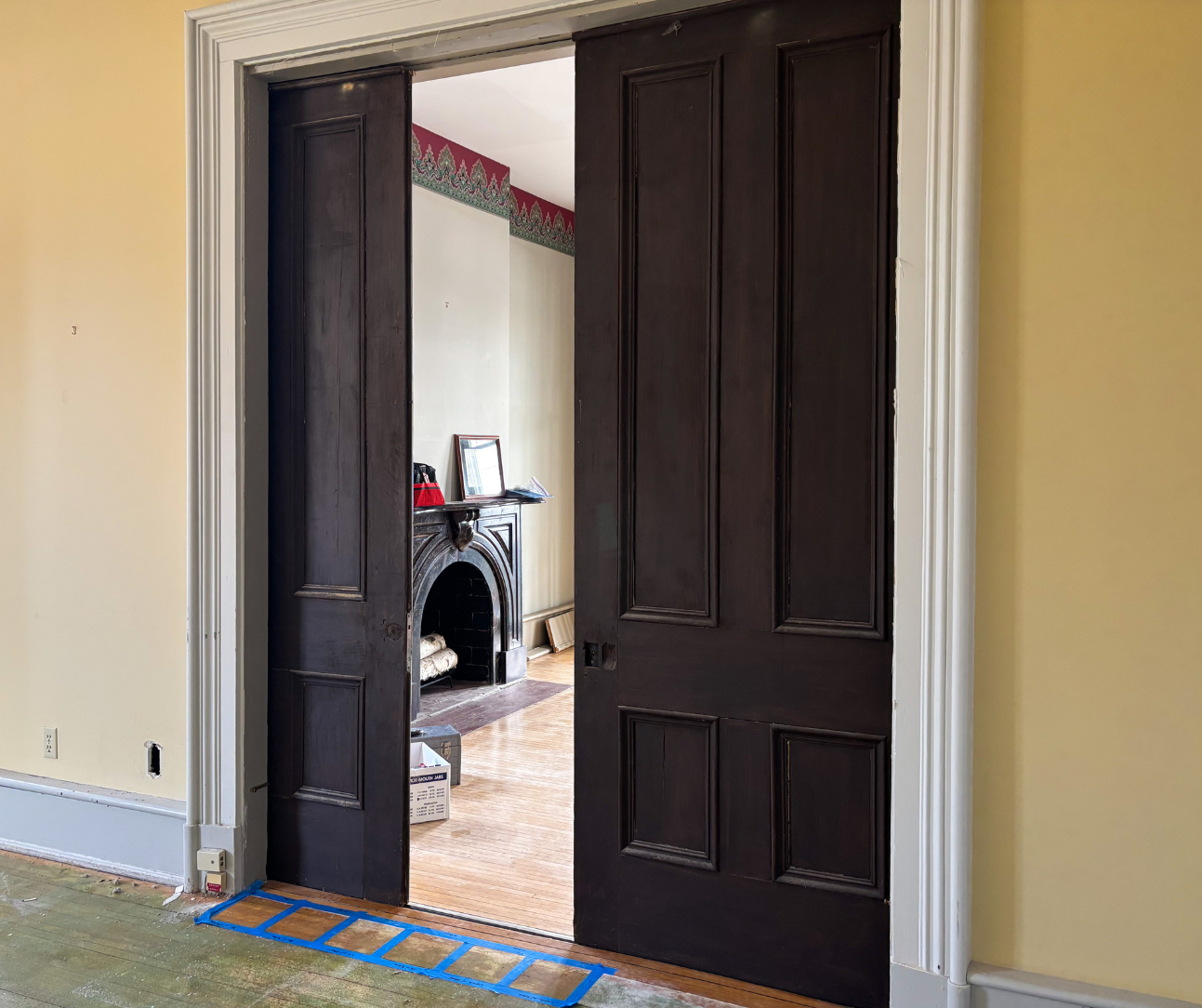
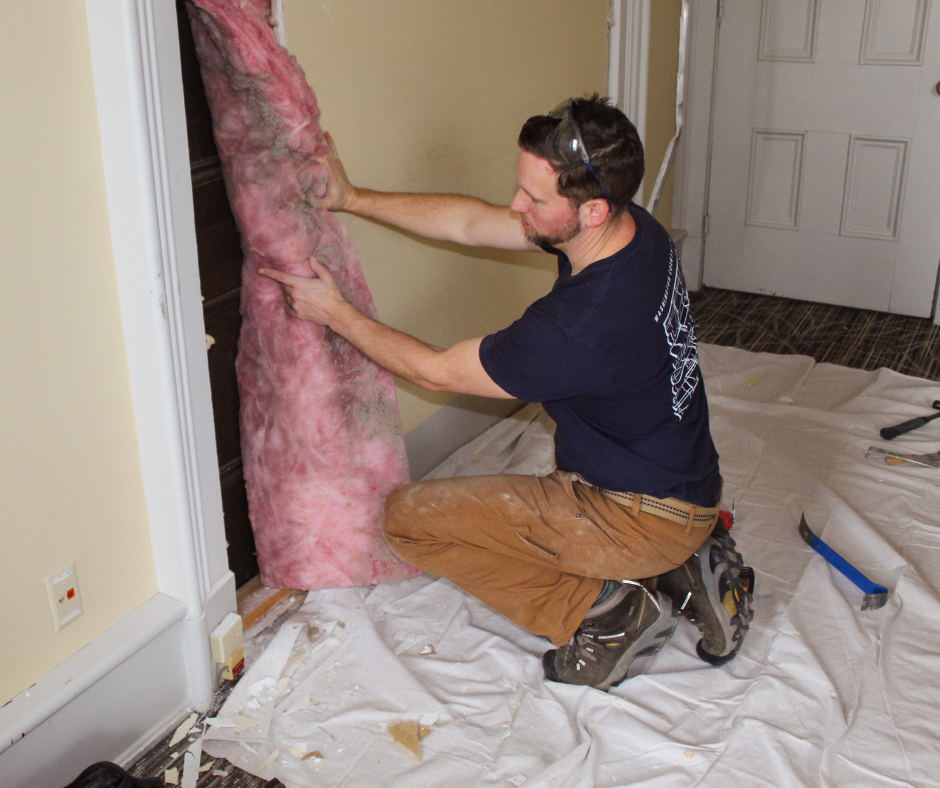
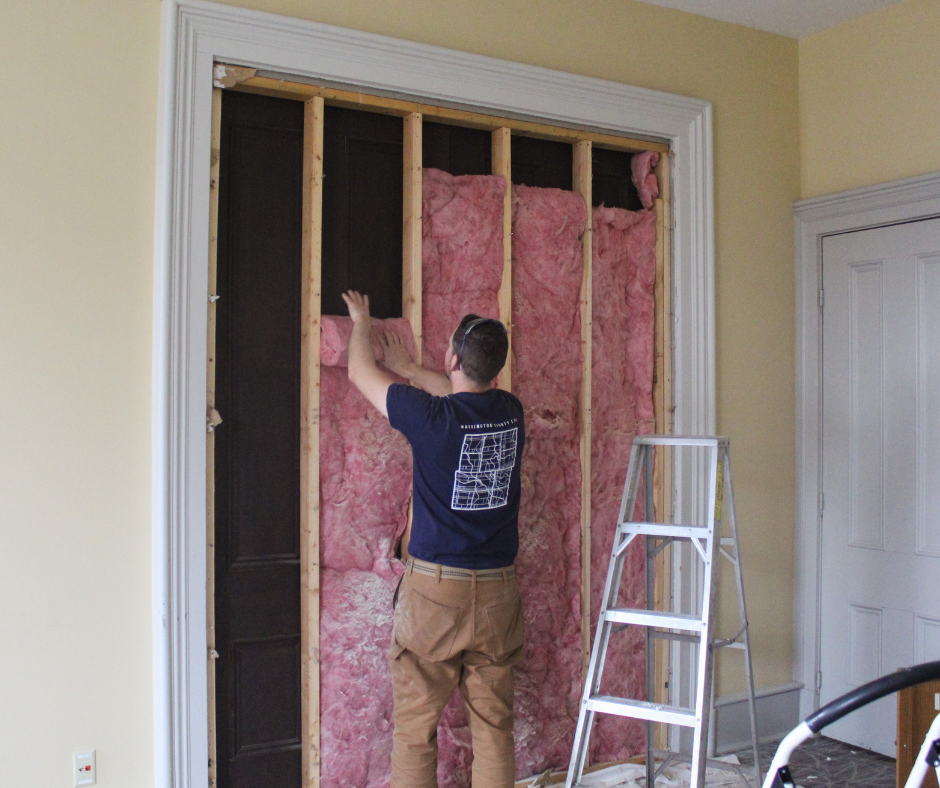
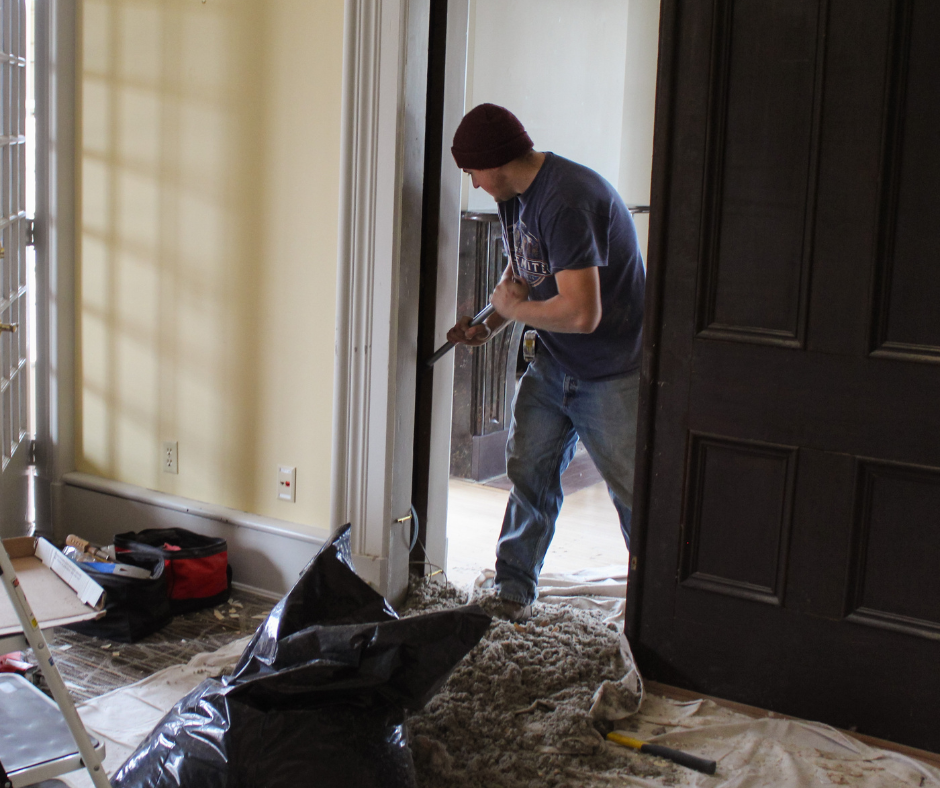
Historic Pocket Doors
Setting eyes on the historic pocket doors, hidden behind drywall and insulation. Carefully removing layers, these doors have been revealed and cleaned – now a functioning element of the home. Pocket doors reflect the Frisby-Wagner House’s Victorian design and create a dynamic layout.
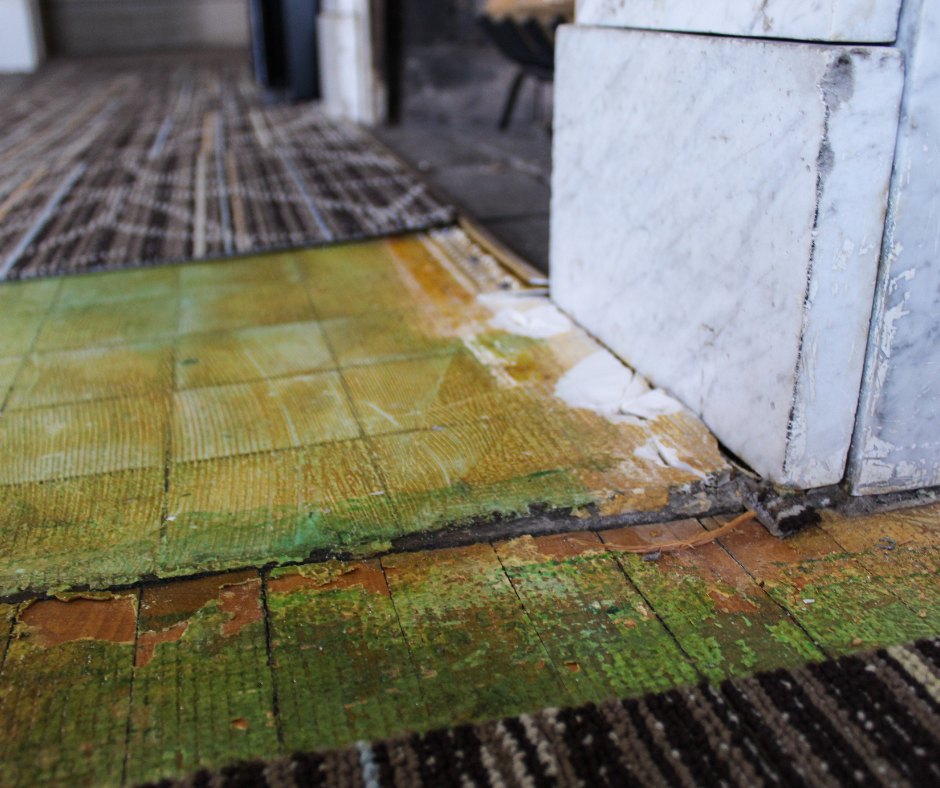
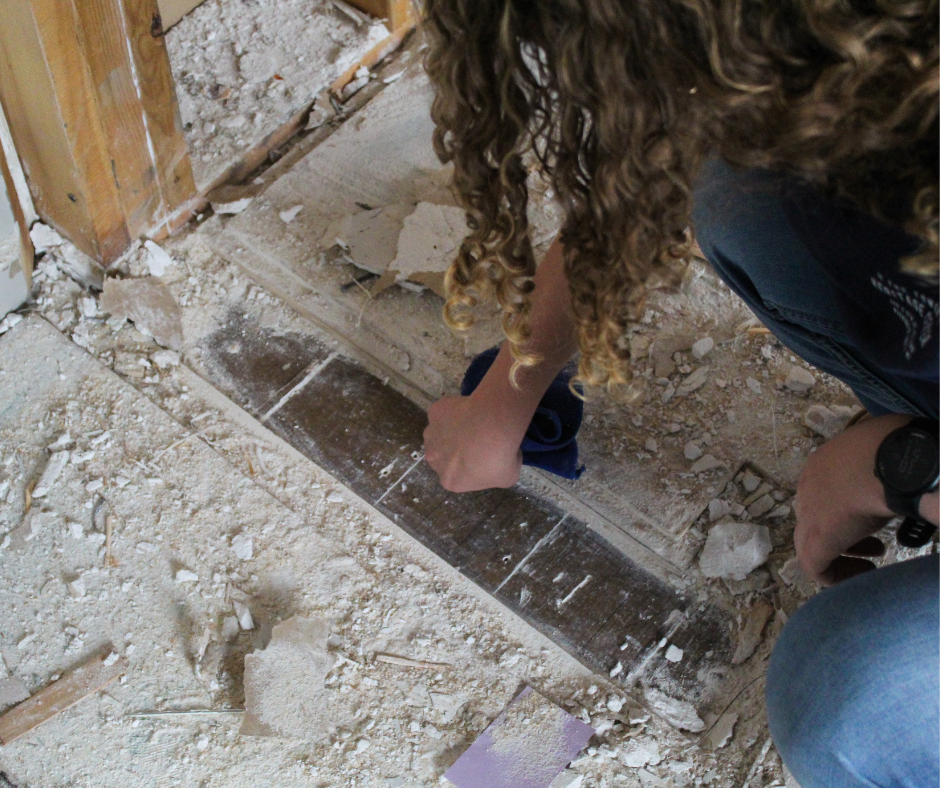
Early Flooring
Volunteers take the floor – uncovering hardwood flooring and tile beneath peel-and-stick carpet squares. Notice the vivid green haze? It’s an adhesive used to keep the carpet squares affixed to the floor. Removing this adhesive will be an initial step toward restoring the floors.
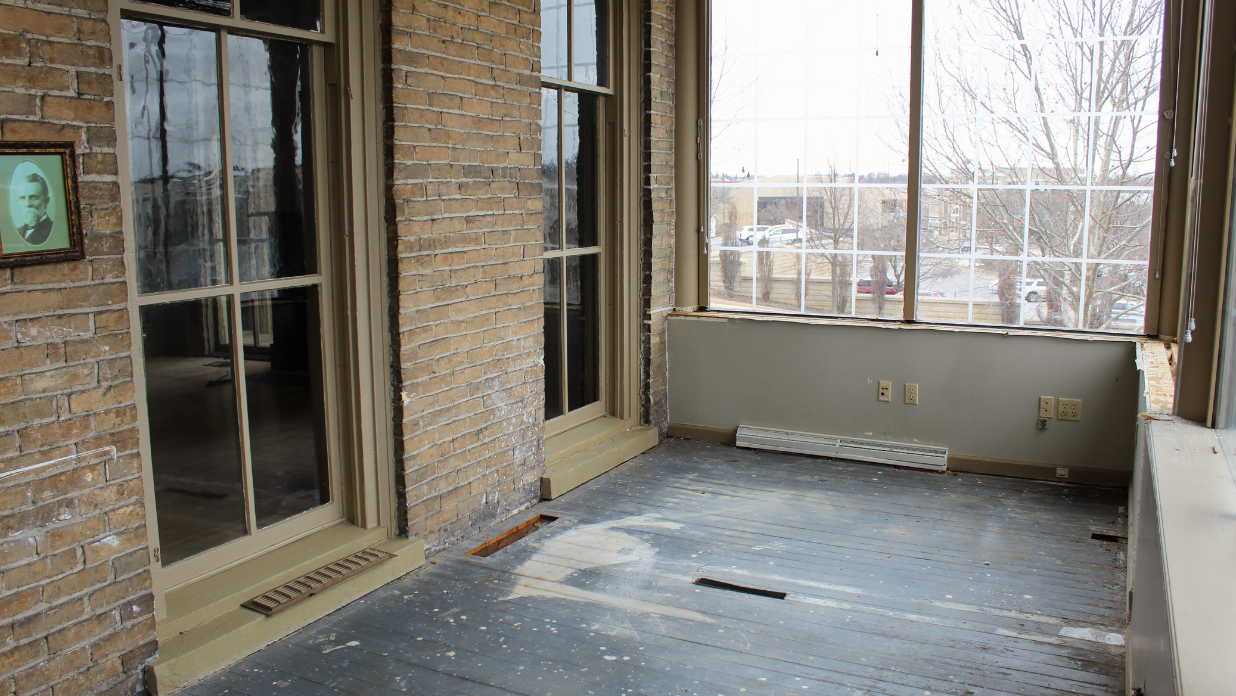
Front Porch
Vigilantly removing a built-in desk and counter, volunteers gained access to the carpeted floor covering. Underneath the carpeting is wood flooring.
Now enclosed, this porch would have been open, inviting in natural light and airflow. This front porch is one of the most memorable and welcoming spaces in the Frisby-Wagner House. One can only imagine the view you could have seen when the house was first built, looking out at the Milwaukee River and West Bend’s developing business district.
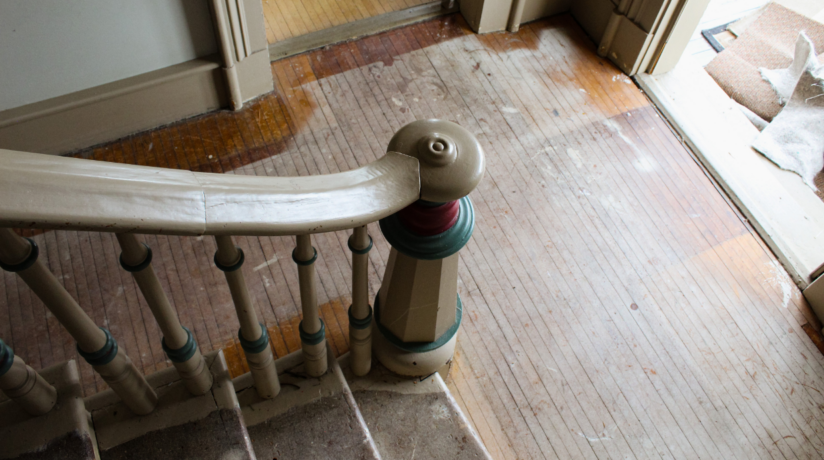
‘Demo Day’ or ‘Devastation’
If the word ‘demo’ sends chills down your spine – you’re not the only one. Too many historic buildings have been devastated in demo days gone-to-far (aka ‘gut jobs’). You can probably imagine, there’s a lot that could go wrong on demo day. One false swing, smash, or crash – and we could lose an irreplaceable piece of history.
It’s this reality causing preservationists to understand ‘demo day’ as synonymous with ‘devastation’ for historic buildings. But since ‘modern-infastructure-removal-and-archaeological-uncovering-day’ is way too long… we’ll stick with ‘demo day’ for now
In a historic-resource-minded approach, the purpose of a demo day is to remove modern additions. Removal offers access (and thereby, insight) to the building’s historic elements. You can define a successful demo day as ‘protecting and revealing existing historic elements, covered by modern updates.’
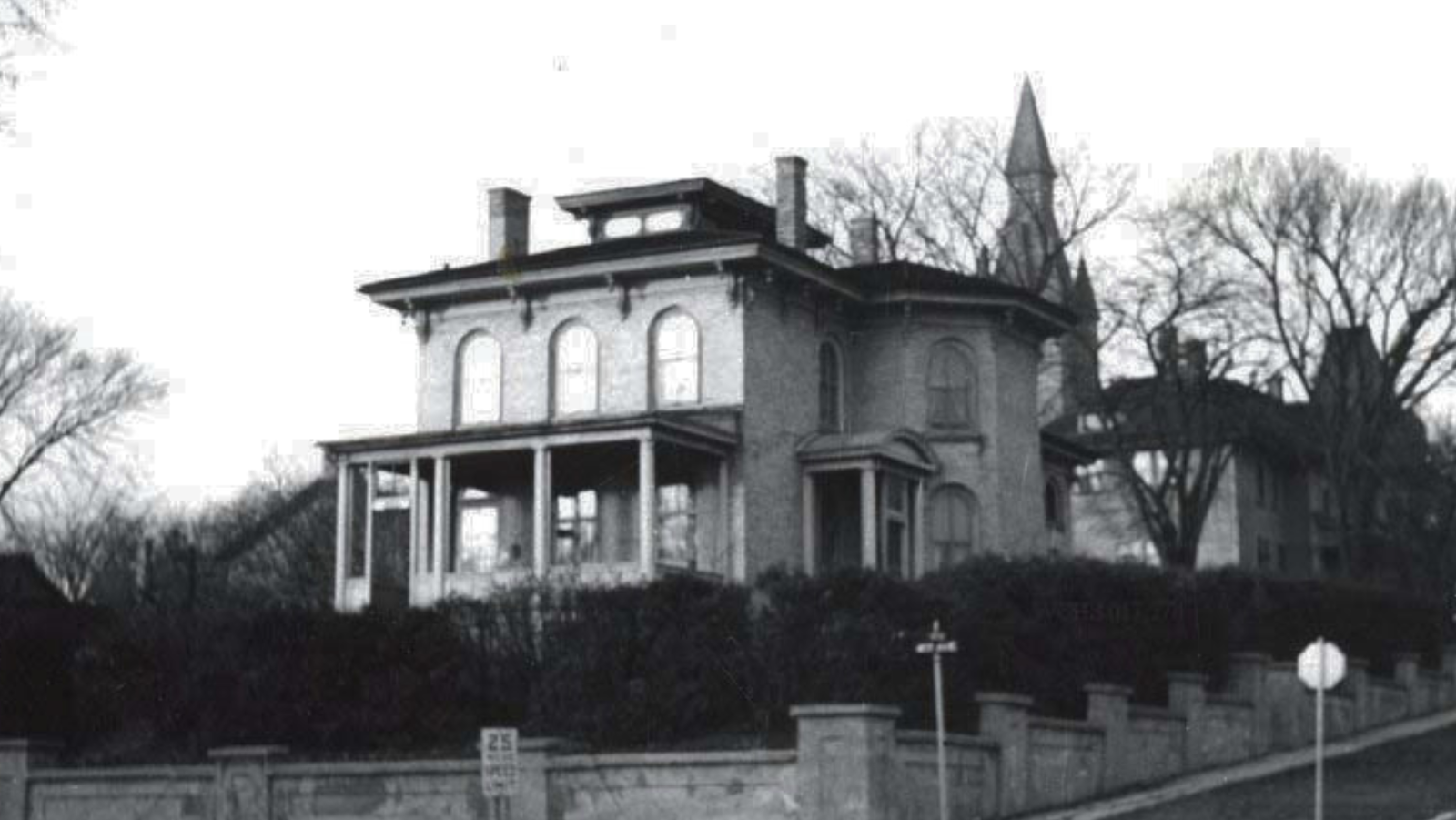
What’s the Building Restoration Vision?
At its core, the Frisby-Wagner House will be a “community gathering space.” Stepping in off the front porch, visitors will be immersed in a restored house, serving as a county-wide welcome center and intimate program space.
The Frisby-Wagner House is one of West Bend’s oldest cream city brick buildings. Its history – and the history of those who have lived there – is legendary. Pursuing a path to protect this building and imbue it with a meaningful purpose has been a feat. What’s being created inside is an immersive, welcoming space to gather, connect, and embrace the indelible story that is the Frisby-Wagner House.
Preservation VS Restoration
At this point, you may wonder: “What’s the difference between preservation and restoration? Aren’t both protecting the building?”
Well, it is true that both preservation and restoration protect a building’s historic integrity. Here’s the difference. Preservation is maintaining a building’s condition, as is. Restoration is the act of turning a building’s condition back to its original.
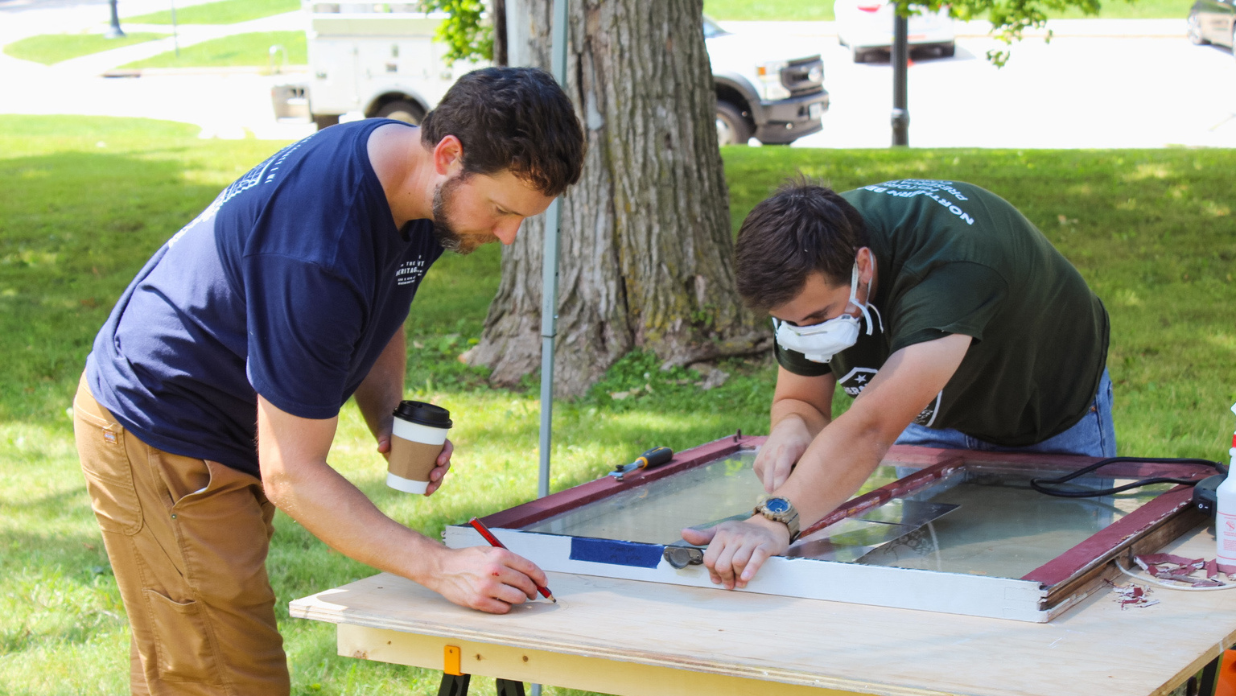
Help Save a Historic Building
Have you heard the saying, “It takes a village?” We are deeply grateful to the volunteers, advocates, and donors who have supported The Tower Heritage Center to get this far – but the journey is only just beginning.
If you’re curious about historic buildings and enjoy working with your hands… this is your chance! Join a preservation workshop to uncover tangible history, learn hands-on skills, and save this historic building. Visit the events calendar for current offerings.
Read on About the Frisby-Wagner House:
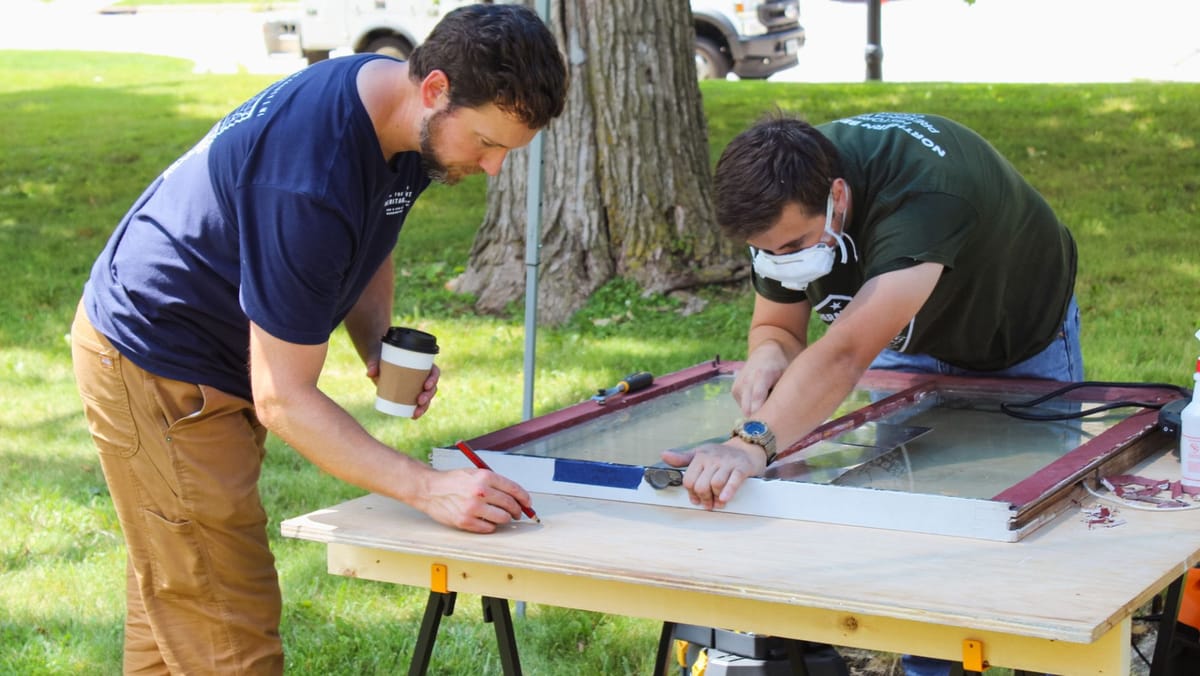
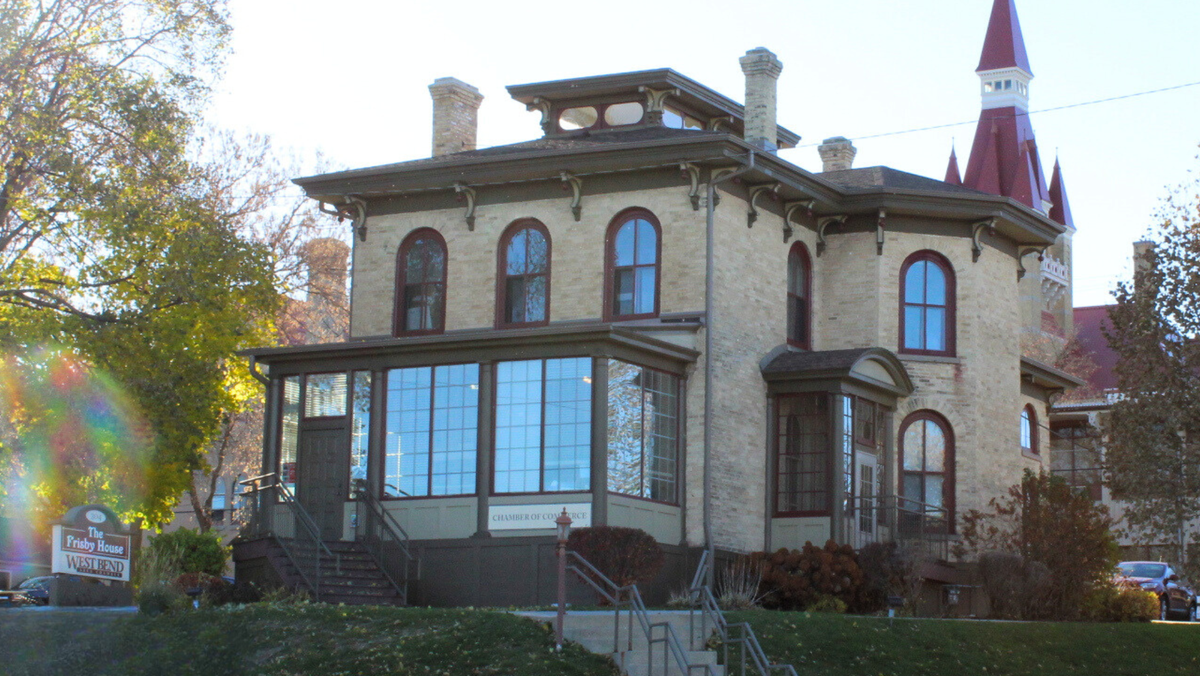
Preserving the Past, for Tomorrow
Community support keeps Washington County’s stories alive! Make a difference in preserving our community’s historic places and cultural heritage today - by becoming a member or making a donation.


